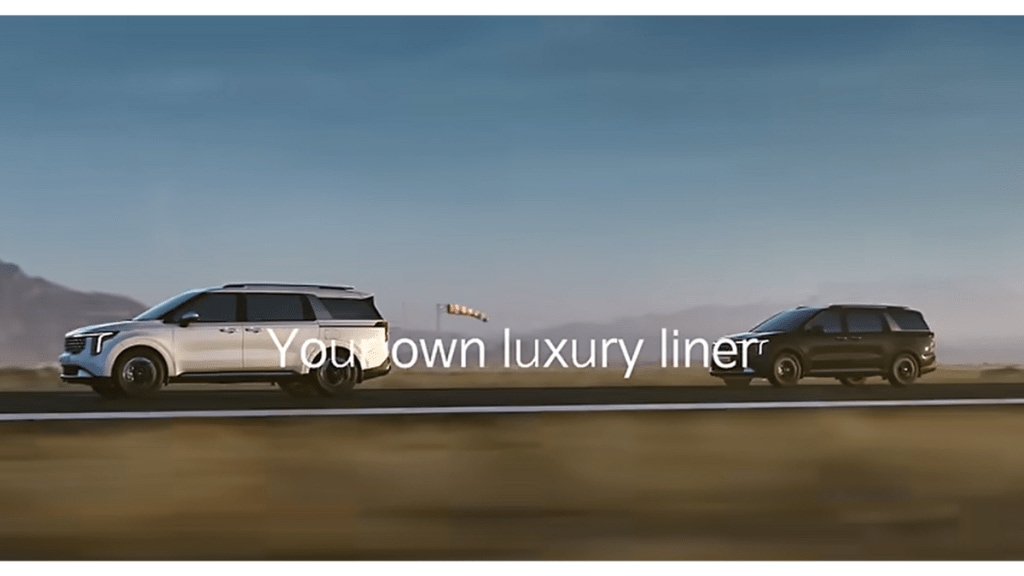The new Kia Carnival ad film is cool. It shows a man getting driven in luxury on an airstrip, with private jets parked in the background, and one taking off. The airstrip is scenic, surrounded by mountains – it looks like it was shot at the Las Vegas airport. Except, it was shot inside a studio in Pune, on a software called Unreal Engine, by two companies called Qubit-India and Elemental Films — and the car was somewhere in South Korea.
Welcome to the age of unreal being the new real. While Qubit has been making such videos for apartments, it’s the first time it has entered the world of auto. “Our product called Navigo can create ultra-photorealistic visuals of bare apartments – giving homebuyers an exact view of how their apartment will look when it’s furnished, reducing post-sale regrets,” Ajjay Parge, founder of Qubit, told FE. “After a home, a car is the most important purchase, so we entered this area.”
Ninad Mirajgaonkar, a former auto journalist and founder of Elemental Films, said the only shots taken using a physical camera and body-on-set were those that had people in the frame. “Everything else is computer-generated, from the finest details of leather upholstery to buttons and screen on the dashboard, to the way the car drives, down to even the licence plate which is from Andhra Pradesh – the place where Kia India’s factory is located. The software used was Unreal Engine by Epic Games,” he added.
Parge and Mirajgaonkar created high-quality visual samples of cars, and the latter used his contacts in the auto industry to bounce these samples off to automakers. Kia India was impressed and gave them the opportunity. The Carnival was a unique case – the car was in South Korea, and flying a big crew to shoot an ad film would have been very expensive. The car was supposed to come to India, but that would have left little time for shoot as the launch date had been decided and the ad film was needed before the launch.
Instead of physical shoot, Kia shared the virtual 3D models of the Carnival with Qubit and Elemental Films. “We worked on the exact 3D models that were used to develop the car in Korea, and were able to replicate each body panel of the Carnival in ultra-photorealistic imaging using Unreal Engine. We took four weeks to create this ad film,” Mirajgaonkar said.
Mirajgaonkar added that it can make life easy for automakers. “Confidentiality is important – it’s difficult to take an unlaunched car out on public roads for ad shoots, lest its images get leaked. Shooting at a remote location can get very expensive,” he said. “If the same Carnival ad film was made physically, we would have needed an airstrip, a big crew, couple of aircraft on rent, high-end cameras, and more. But we got it done just with 3D models and a software – and the result is possibly better than anything you have seen.”
It’s not the first time that an ad film has been shot virtually. Parge said that Qubit has made ad films on Tata’s Harrier and Punch, Mahindra XUV400, and Maruti Suzuki Dzire, but in those ads 20-30% was generated via computer graphics and the rest was physical shoot at a physical location. “The Carnival ad film, however, has been 100% shot virtually,” he said.

